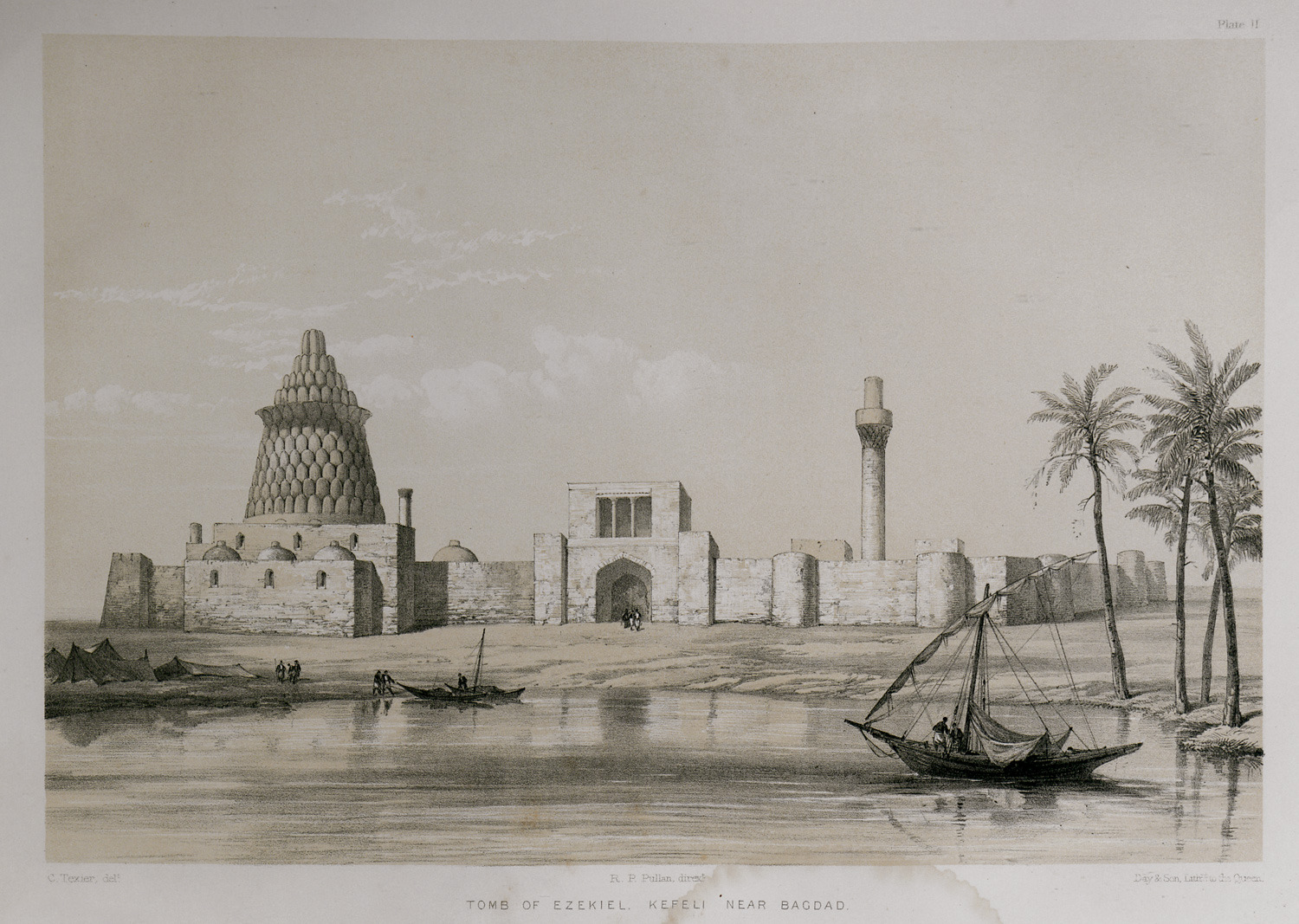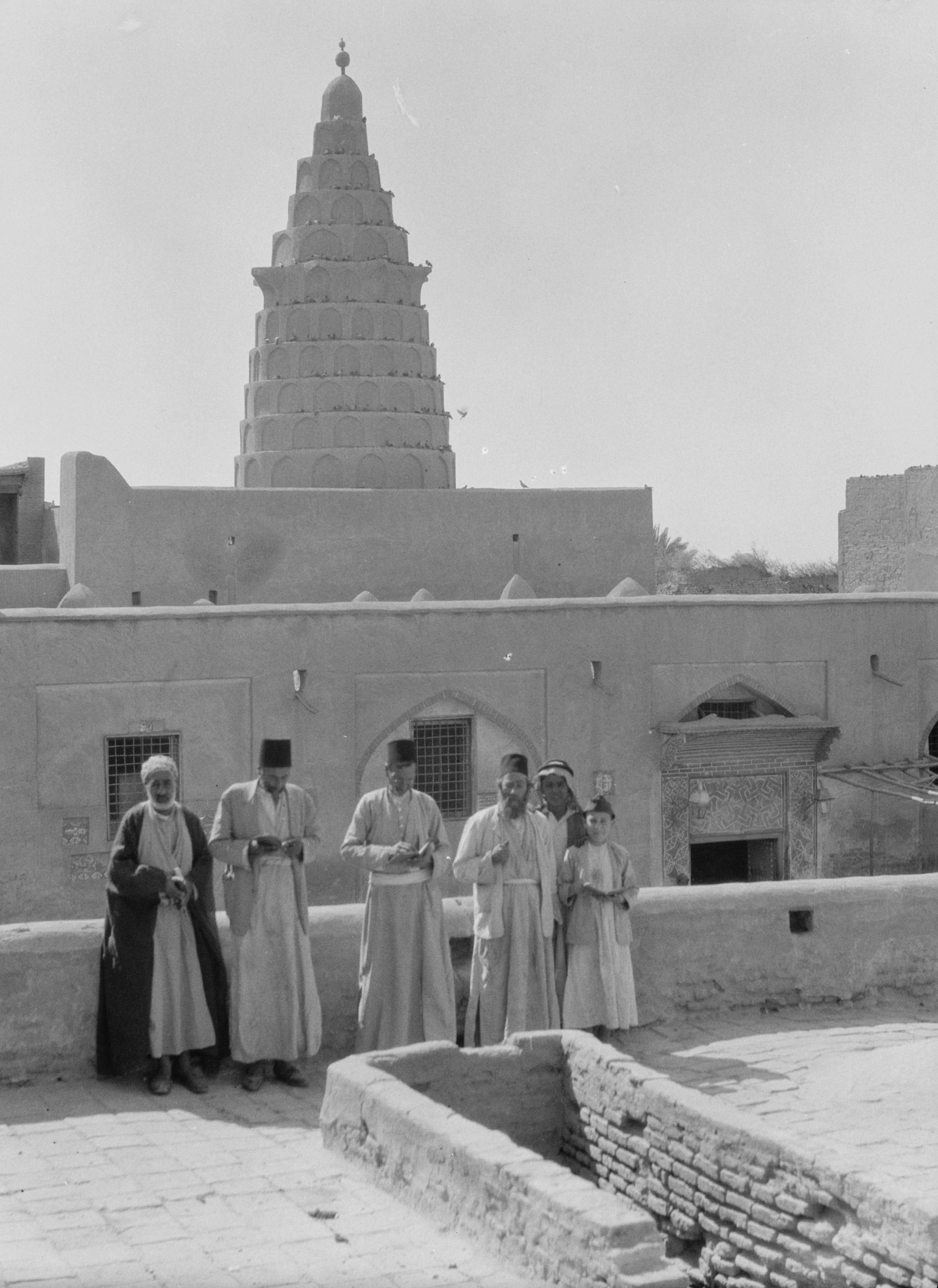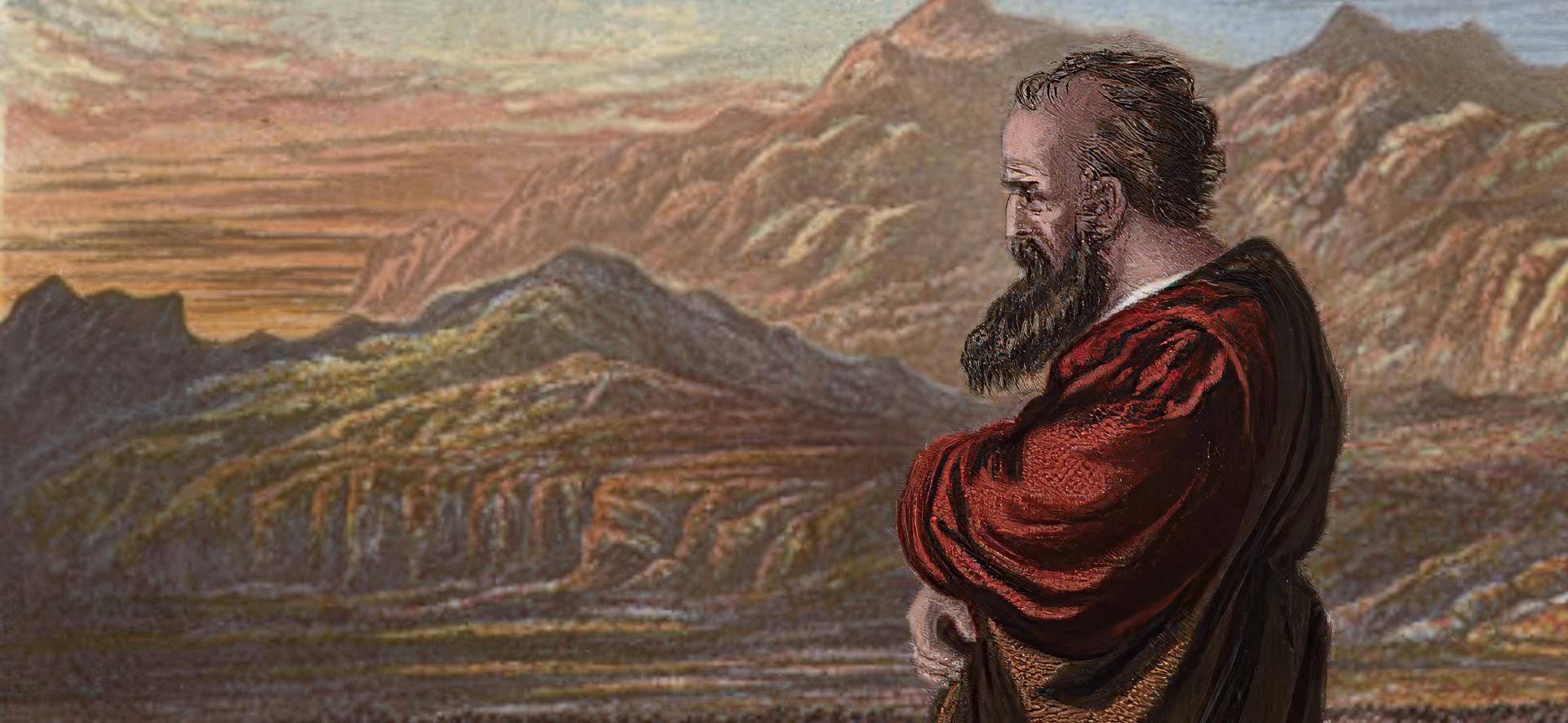Who is…
Ezekiel
Hebrew: יְחֶזְקֵאל —transliteration: Yechezqel, Jehezkel, Jehezekel, Ezekiel, Ezekial —meaning: God will strengthen; or God strengthens
This was the name of 2 biblical men, both priests.
-
Ezekiel (Jehezekel), a priest in David’s time
He is mentioned only once in Scripture. The context is the division of Levite leadership by casting lots.
“…the 20th for Jehezekel” —1 Chronicles 24:16 KJV
-
Ezekiel, the priest and famous prophet
Ezekiel was one of the great prophets, the son of Buzi the priest (Ezek. 1:3). He was one of the Jewish exiles who settled at Tel-Abib, on the banks of the Chebar, “in the land of the Chaldeans.” He was probably carried away captive with Jehoiachin (1:2; 2 Kings 24:14-16) about 597 BC.
His prophetic call from God came to him “in the 5th year of Jehoiachin’s captivity” (594 BC).
He had a house in the place of his exile, where he lost his wife by some sudden and unforeseen stroke, in the 9th year of his exile (Ezek. 8:1; 24:18).
Ezekiel held a prominent place among the exiles, and was frequently consulted by the elders (8:1; 11:25; 14:1; 20:1).
His ministry extended over 23 years (29:17), 595-573 BC, during part of which he was contemporary with prophets Daniel (14:14; 28:3) and Jeremiah, and probably also with Obadiah.
The time and manner of his death are unknown.
Tomb of Ezekiel
Ezekiel’s reputed tomb has been pointed out for centuries in the neighborhood of Bagdad, at a place called Al Kifl (Kifel, Kefil, Keffil or Kefeli) close by the Euphrates River. This area was part of the Kingdom of Babylon. The tomb is surrounded by a shrine of bricks and adobe, topped with a cone-shaped dome.
 A sketch of the tomb site as it appeared in 1864 at Al Kafil, Iraq (outside Bagdad).
A sketch of the tomb site as it appeared in 1864 at Al Kafil, Iraq (outside Bagdad). This photo was taken in 1932 and shows Jews visiting the tomb.Photo by the American Colony in Jerusalem Photo Dept.
This photo was taken in 1932 and shows Jews visiting the tomb.Photo by the American Colony in Jerusalem Photo Dept.At one time, Iraq had the largest population of Jews in the Middle East. Most Babylon Jews seem to agree that this location is the correct place. Before virtually all Jews fled the extreme dangers of modern Iraq, there was a synagogue room at this shrine. For centuries, many Jews have visited this tomb during Passover, and it is said to have been built by King Jehoiachin after his release.
According to a rare Jewish visitor in 2013, “The Hebrew inscriptions are still intact. Above the door to the tomb it says:”
‘This is the monument of our master Ezekiel the Prophet son of Buzi the priest, may his merit (zekhut) defend us and all Israel. Amen.’”
At last report (2013), the synagogue was still there, but that room is now being used as a mosque.
The tomb has been controlled both by Jews and Muslims, who both believed it to be Ezekiel’s tomb. Muslims have confused its identification and defaced Hebrew inscriptions; some want to want to erase Jewish history. Many Jews in Israel and America want the site protected from radical Muslims. Muslims are calling the prophet buried here “Dhul-Kifl.” Some suggest that may or may not be Ezekiel, but possibly Joshua, Obadiah, Isaiah or someone else. Given the site’s long history, Ezekiel seems the most likely. It has long been a major pilgrimage site for Jews of Mesopotamia, and it is much less disputed than the site of Daniel’s tomb in Susa (Shush), Iran.
Many rare photographs of the above mentioned tomb shrine (inside and outside) are shown at: http://www.babylonjews.com
More Information
- About the Book of Ezekiel
- Read the Book of Ezekiel (KJV, NKJV, NASB, ESV)
- What is The Captivity?
- What is the Kingdom of Babylon (aka Babylonian Empire)?
- What is the city of Babylon (Babel)?
- What is a prophet in the Bible? and who is one?
- Prophecy and the Bible
- Prophecy—Is there valid prophetic evidence that the Bible is God’s Word?
- List of Messianic Prophecies fulfilled by Jesus Christ
- Who is Buzi?
- What is Chaldea?
